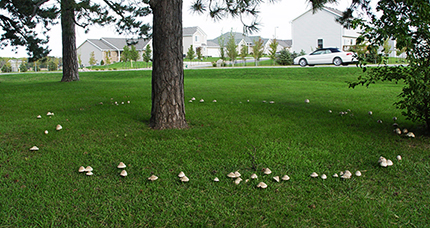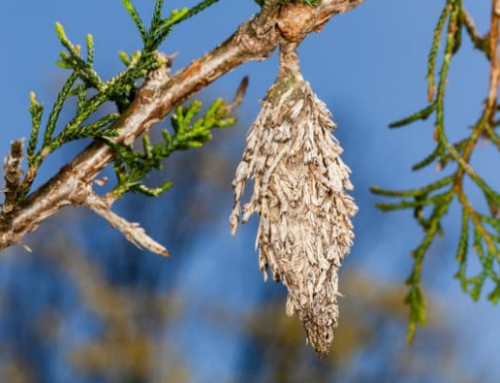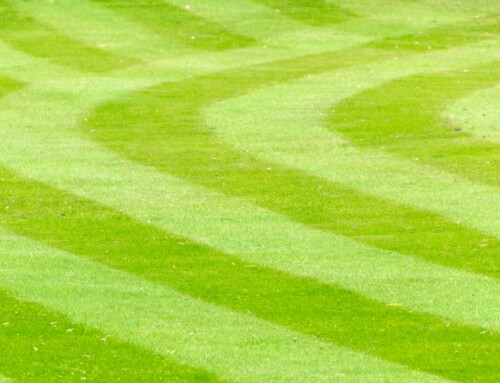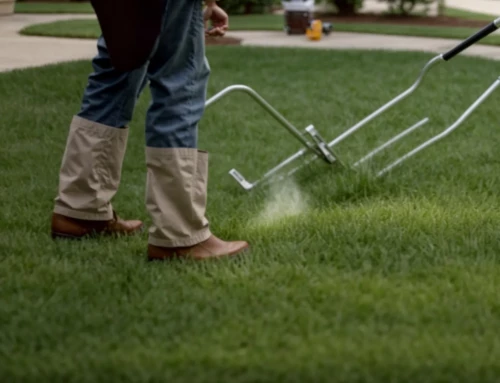Since this is the season for verticutting, core aerating and overseeding your lawn, it’s an appropriate time to caution against unintentional contamination that could render your efforts useless by spreading a fungal disease – and we’re talking about a lot of hard work and no small expense at stake here.
What is a fungal disease?
A fungus is an organism that feeds on organic matter. Fungi come in a variety of forms, including molds, mildews, rusts, yeasts and probably the best-known and most easily recognized, mushrooms.
While there are certainly funguses that can be healthy to the ecosystem, the right conditions can cause grass fungus to flare up into a damaging disease, which can be difficult to treat. You’ve likely seen some form of fungal infection, even if you didn’t recognize it at the time.
Common Signs of Lawn Fungal Infection
Some of the more easily identifiable signs your lawn may be infected with a fungal disease include brown, yellow or white patches that continue to expand in circumference, grass blades or stems with colored spots (ranging from red, purple, orange, gray and even black), and areas that look wet or are a darker shade of green.
Now there can be other causes of discoloration (like being a favorite rest stop for stray dogs) so first rule out all possibilities and properly diagnose the problem so you can best determine your next course of action.
Causes, Cures and Prevention of Lawn Fungal Diseases
There are a wealth of spores and fungi that naturally inhabit your lawn, and new funguses can find their way via wind and wildlife. Extreme weather conditions including drought and flooding also contribute to diseased lawns. But fungal disease also commonly comes from sources over which you actually do have some control.
First, be certain you have the right type of grass for your climate and soil conditions, and mow it properly. Among the worst things you can do are cutting grass with dull blades and mowing it too low, causing undue stress, weakening the whole system and making it ever more susceptible to diseases.
It is also important to keep the soil loose and dethatched, and make sure you’re using the right type and application of fertilizer. Over and under fertilizing both promote different types of fungal infection.
Above all, properly hydrate your lawn. Overwatering dramatically compromises a healthy root system while nurturing disease. The best practice is to water deeply, with less frequency for proper absorption and to encourage deep growth and stronger roots.
Finally, if you’re a do-it-yourselfer, make sure mowers, verticutters, aerators and even the soles of shoes have been cleansed before they make contact with your lawn.
And remember, you can always contact your Ambassadors of Outdoor Living. We’re here to offer guidance, as well as to diagnose problems, develop and execute a treatment plan and make your lawn thrive.







